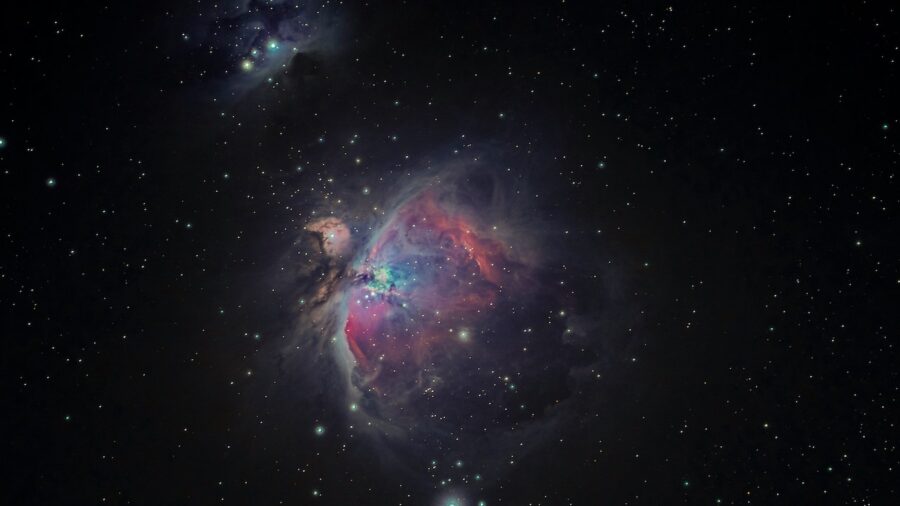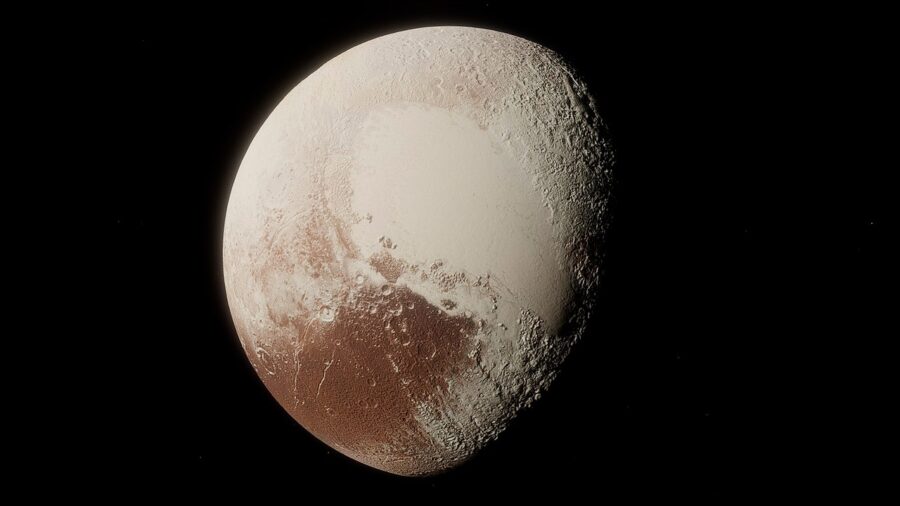Planet Hiding In Our Solar System Avoids Detection For Decades

Make sure that Pluto doesn’t read this, but a team of astronomers at Caltech have presented evidence of a possible new planet in our solar system. The hypothetical new planet, which is currently dubbed as Planet Nine or Planet X, is believed to be in a highly elongated orbit far beyond Pluto. But don’t charter your spaceflight just yet, the possible new planet is so far away from the Sun that researchers speculate that it could take the planet between 10,000 and 20,000 Earth years to make one full orbit around the Sun.
Planet X Is A Trans-Neptunian Object

Since its discovery by astronomer Clyde W. Tombaugh in 1930, Pluto was considered a planet for 76 years until it was redefined as a dwarf planet in 2006 by the International Astronomical Union. For the last two decades, our solar system has been home to just eight planets, or so we thought.
In 2014, astronomers began collecting evidence of abnormal orbits of various outer solar system bodies called extreme trans-Neptunian objects (TNO), which is considered to be any minor planet in the solar system that orbits the Sun at a greater average distance than Neptune.
Discovery Made Possible By Mathematical Modeling

Following the discovery of several TNOs and their bizarre orbits, researchers began to hypothesize the possibility of an unknown large planet in our solar system. By January 2016, Caltech astronomers Konstantin Batygin and Mike Brown unveiled their extensive research providing evidence of a massive new planet caught in an elongated orbit in the outer solar system.
Using detailed mathematical modeling and computer simulations, Batygin and Brown predicted the existence of Planet X without the benefit of a direct observation.
Planet 9’s Existence Would Answer A Lot Of Questions

According to Batygin and Brown, Planet X is believed to be 10 times the size of Earth, which would greatly influence the orbit of a nearby cluster of TNOs. Brown says that the team is observing “not just clustering in the direction the orbits point, but also they are all tilted off the plane of the ecliptic, or the plane of the solar system, by an average of about 15°. So both of these things together are pretty strange.” Brown reveals that the abnormal orbits of these TNOs are “nearly impossible to explain without the existence of Planet Nine.”
New Technology For Further Observation

Until recently, Batygin, Brown, and other astronomers could only rely on their estimations and predictions about Planet X based on the mathematical modeling and computer simulations. However, once construction of the Vera C. Rubin Observatory in Chile is completed in 2025, they will soon have the ability to scan the entire southern sky every four days with the largest camera ever built, which boasts a mind-boggling 3200-megapixel capability.
Coming in at over 6,000 pounds, the Legacy Survey of Space and Time (LSST) camera is even listed in the Guinness Book of World Records.
Pluto’s Out, Planet X Is In

With the power of the LSST camera behind them, Batygin and Brown’s team believes that there is a high likelihood that the Vera C. Rubin Observatory should be able to find Planet X within a year or two, proving its existence once and for all. This is all dependent on where Planet X is currently located while making its massive orbit around the Sun.
Thanks to its projected orbit that is 20 times greater than Neptune’s orbit, Planet X may prove to be challenging to locate. But Brown believes that finding the possible planet is worth it. “Until there’s a better explanation for all these phenomena, I still think Planet Nine is probably real,” Brown says.
Source: arXiv













Login with Google